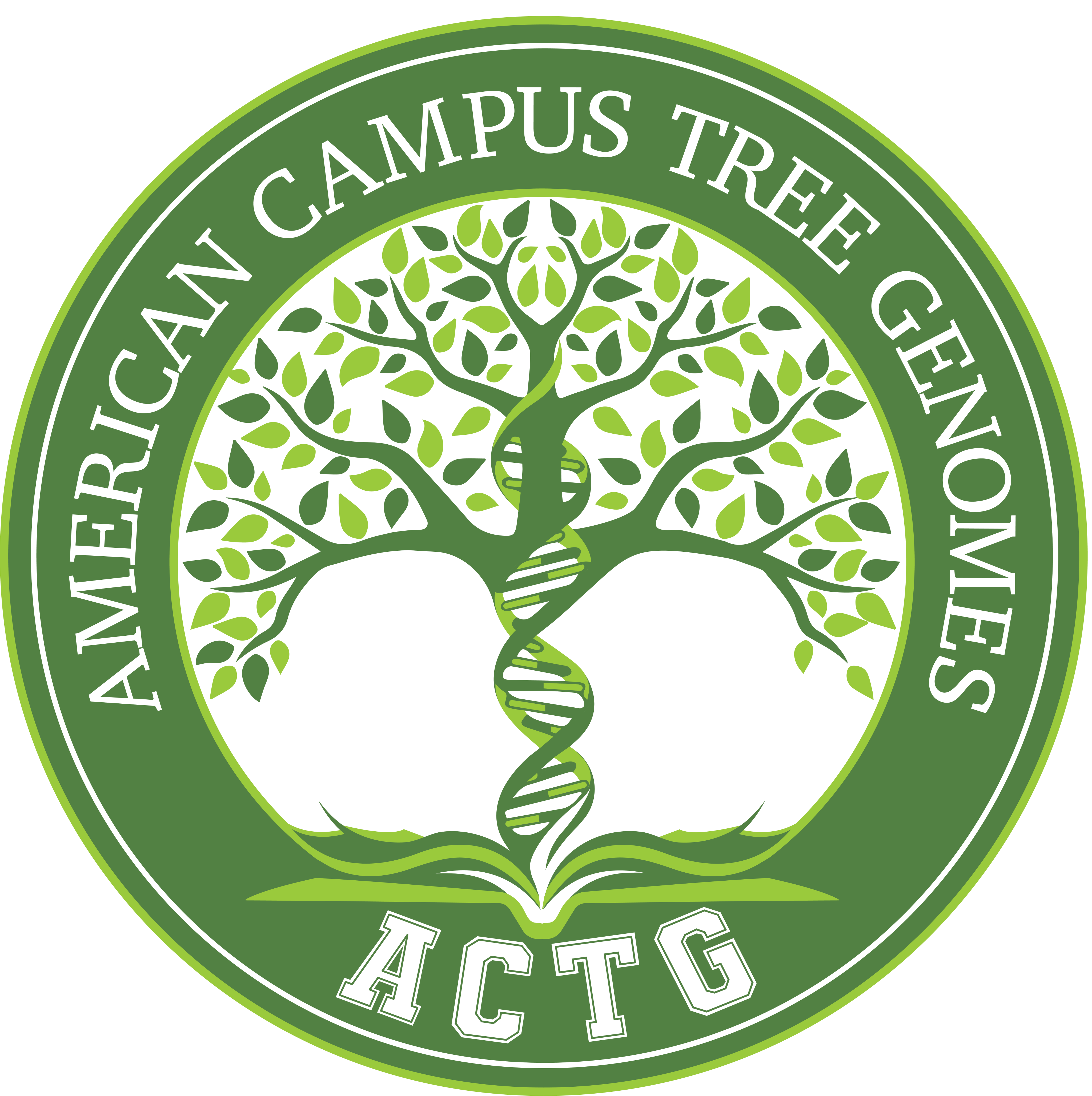Learning from the trees
American Campus Tree Genomes Project
pushes equality in genomic science
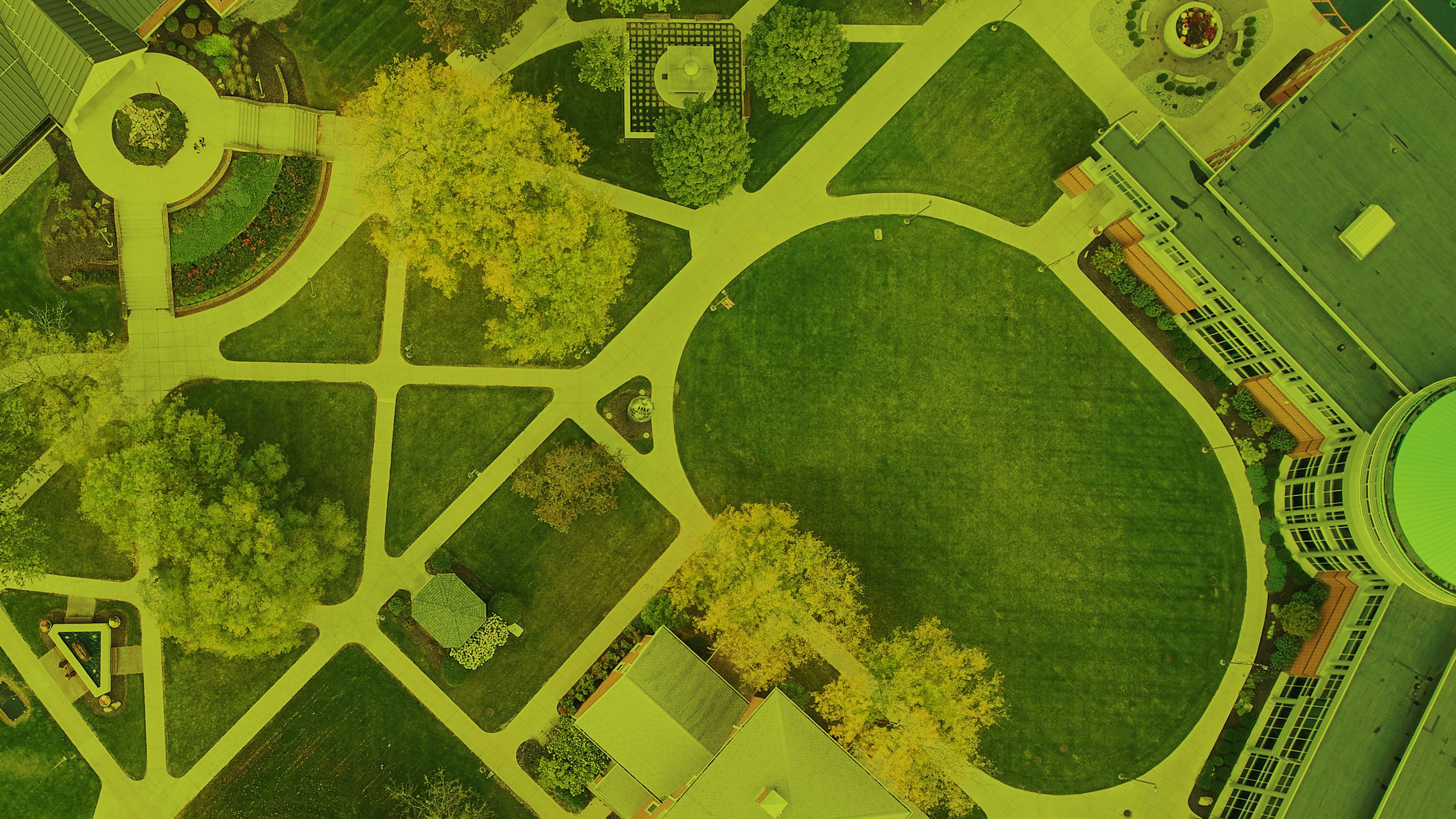
Tomatoes that ripen to a deep red color at precisely the right time. Wheat that grows abundantly in any climate. Rice that is not a prisoner to water availability. Peanuts that are not susceptible to harmful pests. While these might have once sounded like far-away agricultural dreams, they are achievable goals thanks to advances in genetic technology.
The rapid advancement in DNA sequencing technology allows scientists to understand the connection between DNA and the physical traits of different organisms like never before. The explosion in DNA sequencing creates vast amounts of big data, leaving scientists with a critical need to store and analyze it. Bioinformatics–using computational prowess to process and analyze large-scale genomics and other biological datasets–remains an indispensable tool in research today. Unfortunately, bioinformatics training is not equally accessible to everyone.
Two professors realized the value of authentic research experience in helping students not only gain an interest in science and bioinformatics but also gain transferable skills to succeed beyond their educational journey. The American Campus Tree Genomes (ACTG) Project aims to break down institutional barriers keeping students from valuable hands-on research projects and experience in bioinformatics.
"Everything changes when students begin to 'feel' the data themselves, instead of simply being told about data. We teach that genomes represent puzzles that can be assembled all across the tree of life, accelerate agriculture and plant breeding, tell stories about change over time, and change the course of how humans interact with plants."

How a dying tree became the foundation for a trailblazing research experience
In the South, college football is king, and rivalries come between even the closest friends and families. During a 2010 matchup between bitter rivals the University of Alabama and Auburn University, the Auburn Tigers overcame a 24-point first-half deficit to beat the Alabama Crimson Tide. After the game, an angry Alabama football fan took the rivalry to a new low, poisoning the iconic Toomer’s Corner oak trees where Auburn students have celebrated victories by covering them with toilet paper, or "rolling," after football victories since the 1960s.
The poison caused such intense damage that the trees could not be saved. Unbeknownst to many, before the trees died, a few professors from the Auburn University Department of Horticulture and the College of Science and Math collected pieces of the tree. They induced these small branches into rooting, regrew them in pots, and replanted them into perfect clones of the original tree.
Fast-forward more than a decade. New live oaks are growing on Toomer’s Corner, ready to be rolled after Auburn victories this season. The clones from the poisoned oaks are growing nicely in a few undisclosed locations. For some people, the Toomer’s Oak poisoning was a distant memory. However, Dr. Les Goertzen, Director of the John D. Freeman Herbarium at Auburn University, was still looking for a way to memorialize the iconic trees with their immense cultural and historical significance.
In 2021, he teamed up with HudsonAlpha Institute for Biotechnology faculty investigator Dr. Alex Harkess, also affiliate faculty at Auburn, to enshrine the Auburn Oaks in the annals of science by sequencing and analyzing their DNA. The Auburn Oaks represent the first live oak (Quercus virginiana) genome, making it a reference genome for the entire species.
To fund the project and give it more life than a single sequencing project, the two men created a semester-long curriculum for students at Auburn to learn the skills necessary to sequence and analyze the genome. The Toomer’s Oak Genome Project was pitched as part of Auburn’s annual fundraiser, Tiger Giving Day. The initiative raised over $100,000 and was underway during the fall of 2022.
To learn more about the history of ACTG, listen to this episode of the Tiny Expeditions podcast.


How a dying tree became the foundation for a trailblazing research experience
In the South, college football is king, and rivalries come between even the closest friends and families. During a 2010 matchup between bitter rivals the University of Alabama and Auburn University, the Auburn Tigers overcame a 24-point first-half deficit to beat the Alabama Crimson Tide. After the game, an angry Alabama football fan took the rivalry to a new low, poisoning the iconic Toomer’s Corner oak trees where Auburn students have celebrated victories by covering them with toilet paper, or "rolling," after football victories since the 1960s.
The poison caused such intense damage that the trees could not be saved. Unbeknownst to many, before the trees died, a few professors from the Auburn University Department of Horticulture and the College of Science and Math collected pieces of the tree. They induced these small branches into rooting, regrew them in pots, and replanted them into perfect clones of the original tree.
Fast-forward more than a decade. New live oaks are growing on Toomer’s Corner, ready to be rolled after Auburn victories this season. The clones from the poisoned oaks are growing nicely in a few undisclosed locations. For some people, the Toomer’s Oak poisoning was a distant memory. However, Dr. Les Goertzen, Director of the John D. Freeman Herbarium at Auburn University, was still looking for a way to memorialize the iconic trees with their immense cultural and historical significance.
In 2021, he teamed up with HudsonAlpha Institute for Biotechnology faculty investigator Dr. Alex Harkess, also affiliate faculty at Auburn, to enshrine the Auburn Oaks in the annals of science by sequencing and analyzing their DNA. The Auburn Oaks represent the first live oak (Quercus virginiana) genome, making it a reference genome for the entire species.
To fund the project and give it more life than a single sequencing project, the two men created a semester-long curriculum for students at Auburn to learn the skills necessary to sequence and analyze the genome. The Toomer’s Oak Genome Project was pitched as part of Auburn’s annual fundraiser, Tiger Giving Day. The initiative raised over $100,000 and was underway during the fall of 2022.
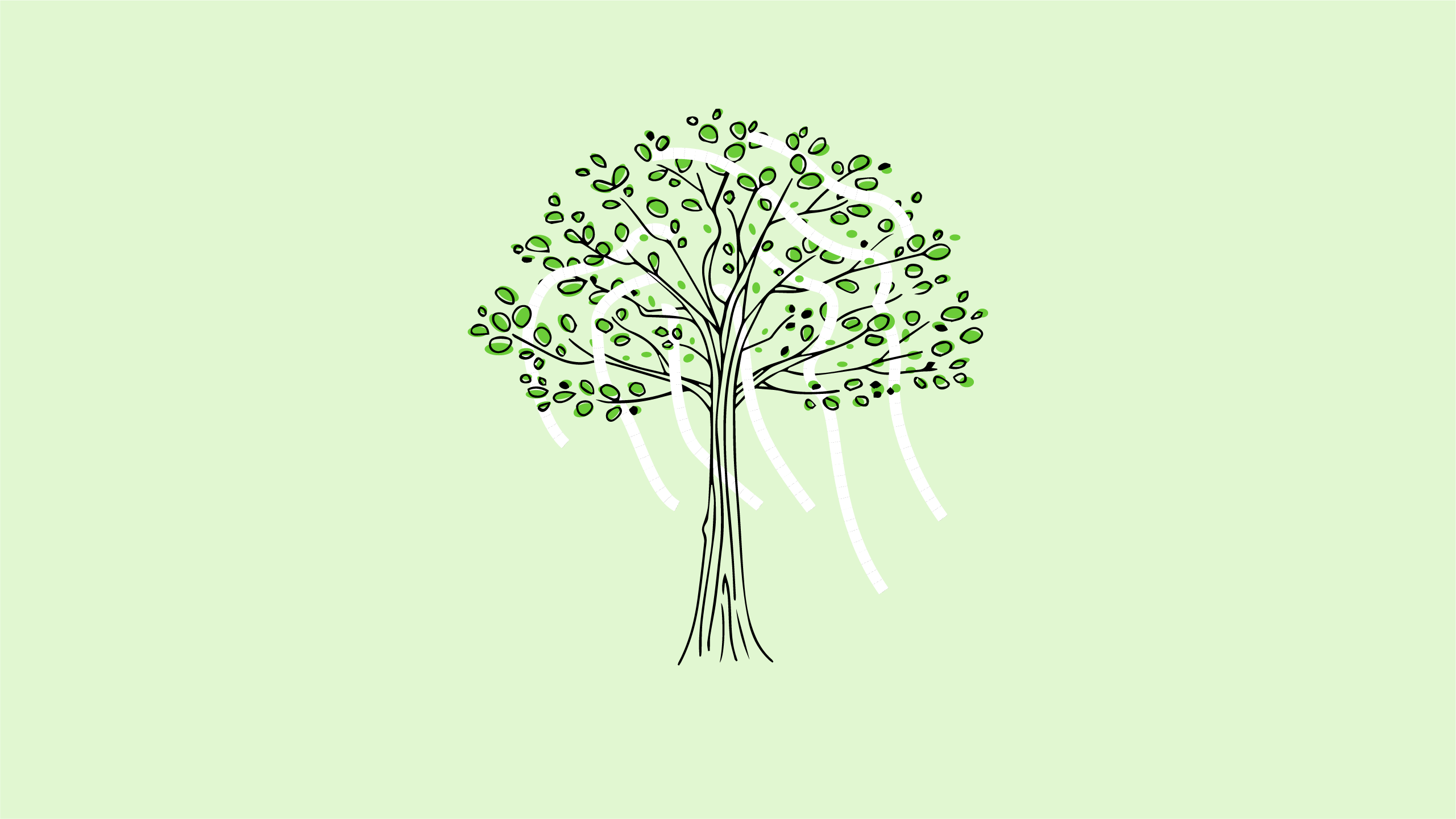
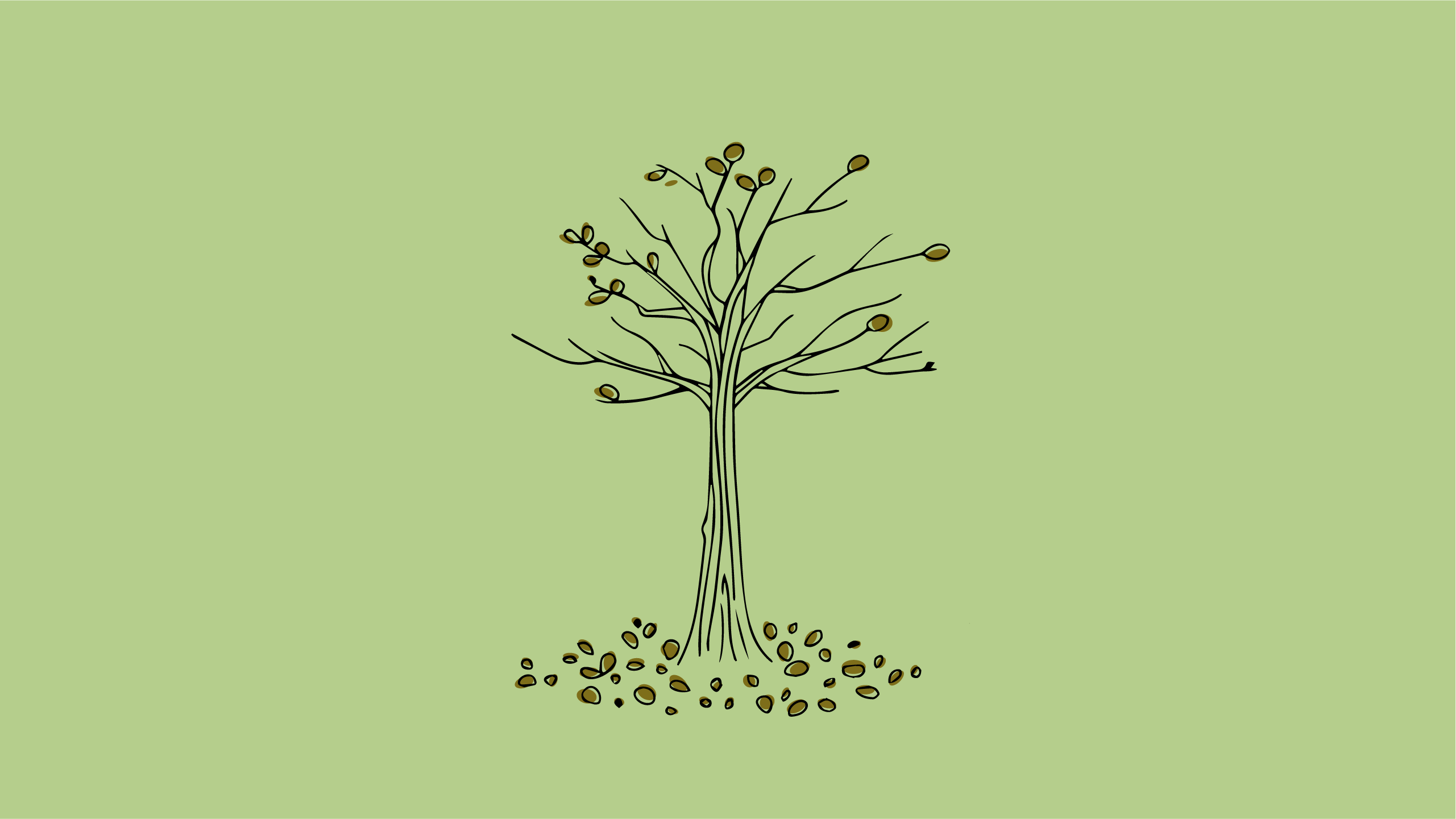
"It’s all about engaging students. Model systems are great for research but don’t always capture the imagination of students or turn them on to science. But a beloved campus tree, a state symbol, or any plant uniquely important to their region, is something the students can see as their tree. The sense of ownership and working toward a shared goal foster uncommon student involvement in the project."
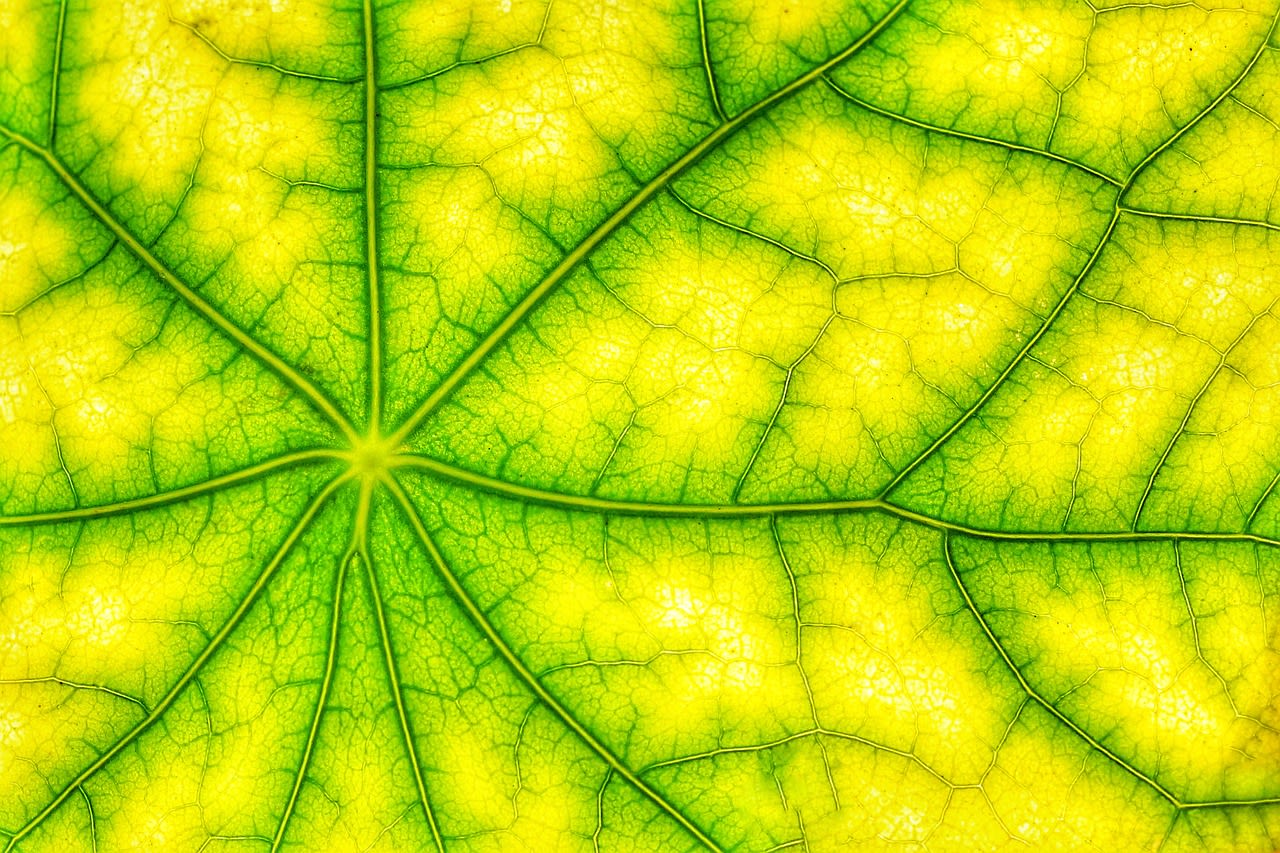
Igniting a passion for science and learning
During the semester-long virtual course, Auburn students sequenced, assembled, and analyzed the genome of the Toomer’s Oak tree. Leaf tissue collected from one of the oak clones was sent to HudsonAlpha for sequencing in the HudsonAlpha Genome Sequencing Center. The raw data was returned to Auburn, where the students worked throughout the semester assembling and analyzing the sequencing data.
The virtual nature of the class allowed students to work in real-time on their projects, getting help from each other and the instructors. A major issue with teaching bioinformatics is the availability of computational resources, such as supercomputing clusters. To solve this, the class used a teaching platform where every student had access to an Amazon AWS compute node, and all students could share data and analyses with each other. A key component of the class was that the end result was a publishable manuscript describing the genome assembly.
Each week, one student was selected to push the manuscript on Google Docs forward by at least 300 words, and all other students helped edit and revise the text. The final project for the class was polished figures of a major analysis for the manuscript.
“Nothing in this class is mindlessly push-button; it requires that students work both independently and as a group to grow as bioinformaticians, writers, plant biologists, and genome scientists," says Harkess. "In this sense, we hope that a single tree can act as a gateway for these students to use genomics to change the world.”
The benefits of ACTG extend beyond the traditional classroom setting, offering students a unique opportunity to develop advanced computational skills. These skills, previously reserved for specialized roles or postgraduate studies, are now being cultivated earlier, ensuring that the next generation of scientists can confidently navigate the complexities of modern data-driven disciplines.
“I had no previous experience with bioinformatics, so signing up for the class was a little intimidating,” says Harrison. “This course was the most welcoming opportunity to not just interact with a completely new idea, but become proficient in it, no matter your skill level.”
The first semester of the course was a success. All students contributed to the Quercus virginiana southern live oak genome manuscript, despite 70 percent having never written a manuscript, performed command line bioinformatics, or engaged in plant genomics molecular work. For several students, including Jill Abendroth, now a PhD student at the University of Wisconsin, the class helped drive them toward their graduate school journey.
“I don't think I can overstate how much the course helped shape the direction I'm going and helped instill a passion for something that was previously so intimidating to me,” says Jill, who is pursuing a PhD in plant breeding and plant genetics and plans to incorporate bioinformatics into her thesis project.
Auburn is not alone in having a beloved campus tree, and college campuses are not the only places where people make connections with trees. Everyone probably has a memory or a story about a tree that means something to them. A sturdy oak tree that served as a childhood jungle gym. Beautiful ginkgo trees that provided shade on your walk to college classes. Drs. Goertzen and Harkess turned iconic and historically impactful trees into the perfect subject to engage and excite students to learn bioinformatics and genomics.
“Even though I'm not from Alabama and don't have the Auburn pride that goes with Toomer's Oaks, I think it's a compelling story," said Jill. "By the end of the semester, I was all in on the Toomer’s Oak, and I wanted to save this tree. I liked the history and drama of the story.”
What began as a single-semester course at Auburn University is expanding across the United States. Drs. Harkess and Goertzen built a framework so that other institutions can easily replicate the experience, from the crowdsource funding to the educational products to the actual science.
Sequencing trees
from sea to shining sea
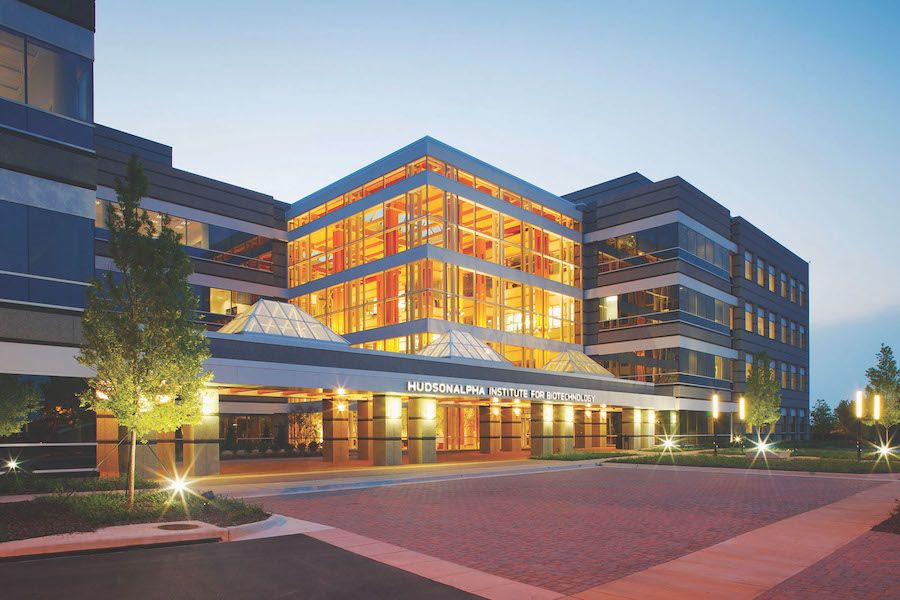
The HudsonAlpha Institute for Biotechnology in Huntsville, Alabama, is the home base for the majority of the DNA sequencing involved in current ACTG projects. Dr. Harkess's lab also works closely with the classes, helping with assembly and analysis.
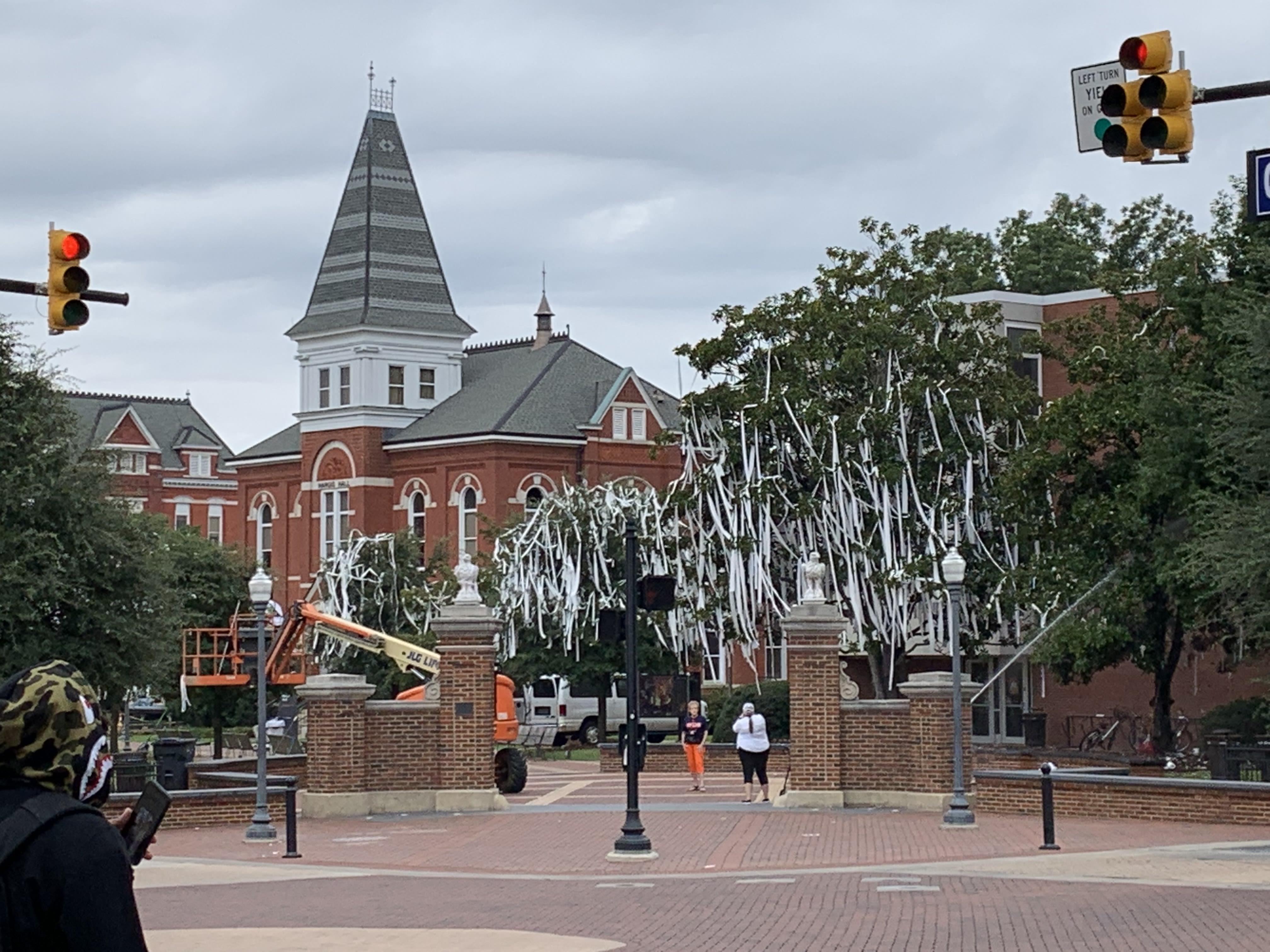
Auburn University in east central Alabama is the location of the first ACTG cohort. In the first semester, the students sequenced the Toomer's Oak tree genome. During the second semester, a new set of students sequenced the d'anjou pear tree genome.
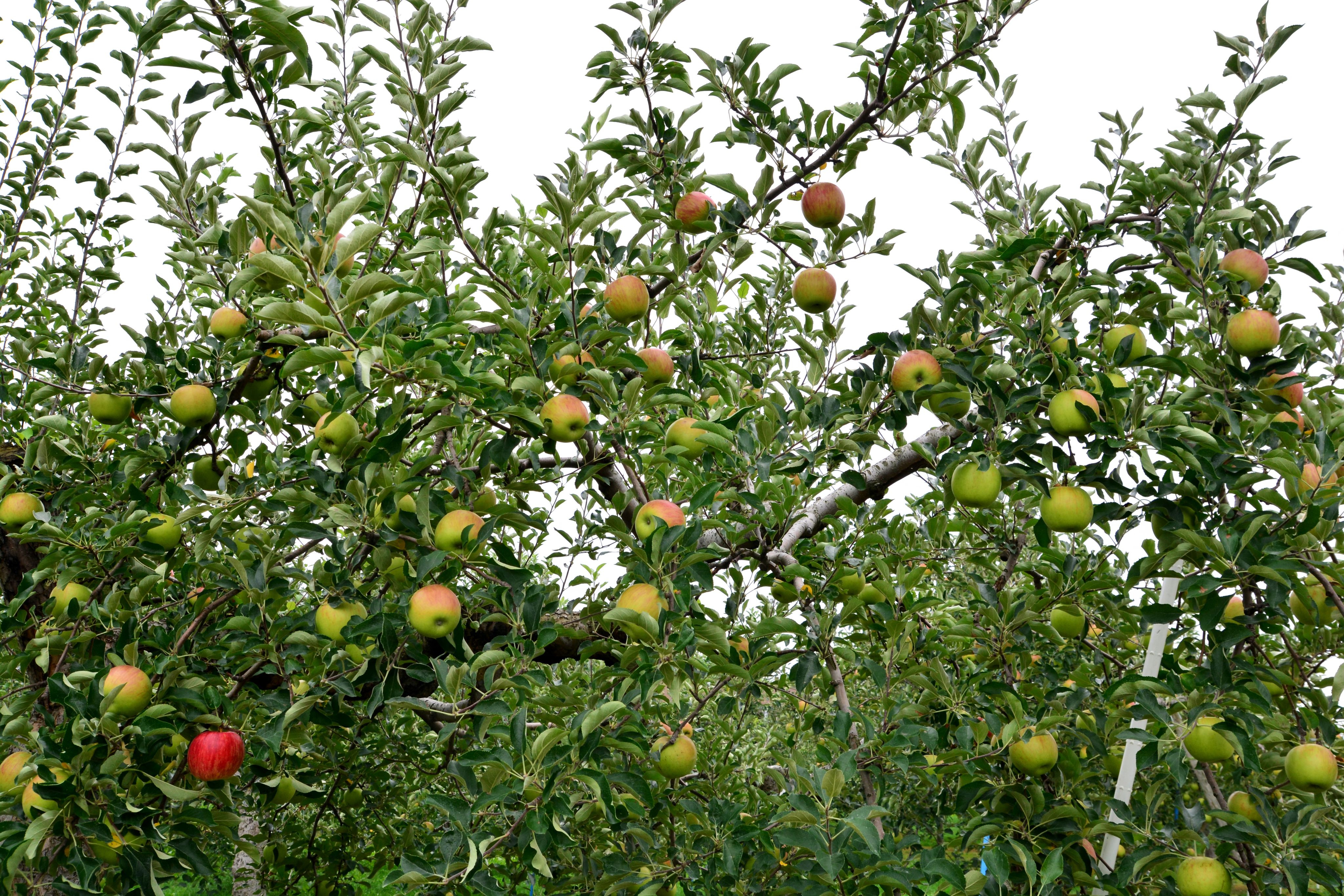
The first school outside of Alabama to join ACTG was Washington State University, led by Dr. Stephen Ficklin and Dr. Huiting Zhang. Students in the first class sequenced and analyzed the economically important Cosmic Crisp apple, a project funded by the Washington Tree Fruit Research Commission and Dr. Loren Honaas’ Laboratory at USDA.
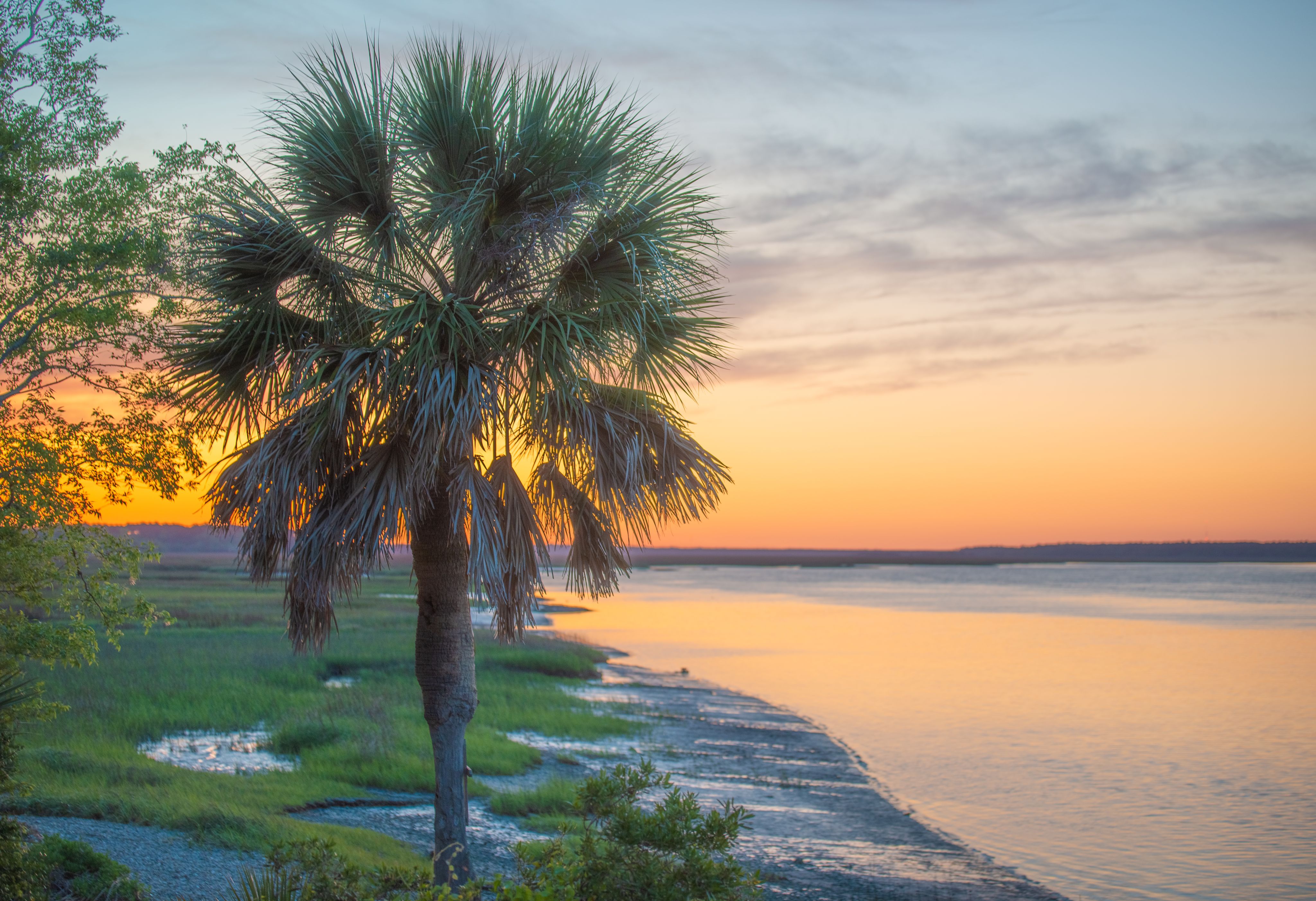
Back on the East Coast, the University of South Carolina-Aiken joined the ACTG team with a plan to sequence the South Carolina state tree, the Sabal palmetto.
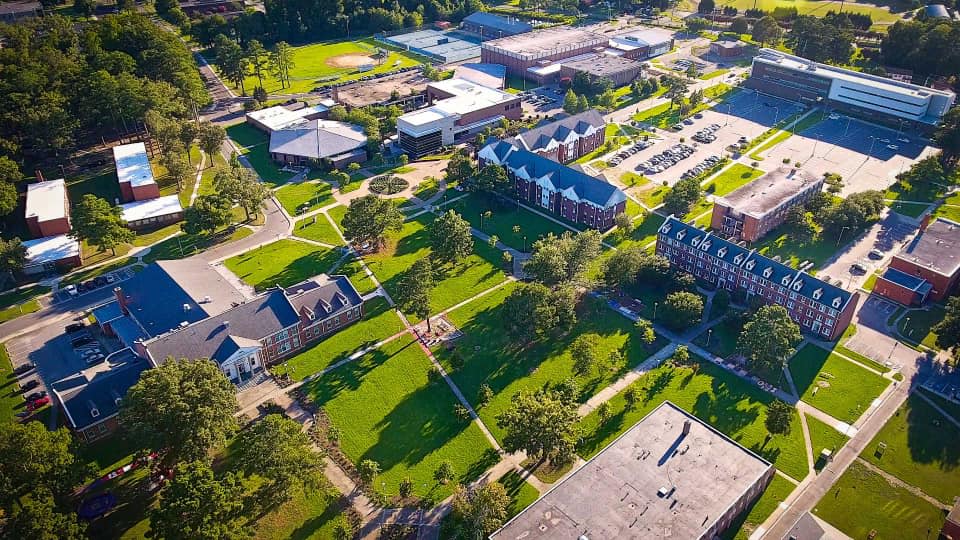
Photo Credit: Elizabeth City CVB
Photo Credit: Elizabeth City CVB
Further north in the other Carolina, plans are underway to create a curriculum for a class at Elizabeth City State University, a historically black college and university, to sequence an interesting plant species.
The program is still growing. Maybe your university or college could join this list.
Democratizing Genomics and Bioinformatics

Budget constraints, lack of equipment, and limited lab space can all impact the availability of hands-on lab experiences. ACTG seeks to overcome these barriers and make bioinformatics available for students and institutions that do not have the infrastructure or expertise to provide courses otherwise. The University of South Carolina-Aiken has a strong commitment to hands-on learning, having a robust biological science curriculum, including in-lab experience. Bioinformatics was something they wanted to incorporate but didn’t know where to begin. ACTG is offering students that experience in the spring of 2024 through the sequencing of the Sabal palmetto tree genome.
“A big part of our mission is to teach students how to do research because it prepares them to go to graduate school or work in the industry,” says Nathan Hancock, PhD, Associate professor at USC-Aiken. “We do really well at wet bench experiments, but it has been a challenge to integrate bioinformatics and computing into our classes. I'm optimistic that as I teach this class, it will open up opportunities for future bioinformatics projects.”
South Carolina is known as the Palmetto State and long ago named the Sabal palmetto its state tree. The original Fort Moultrie was made of palmetto logs which could absorb the shock of incoming cannon fire, helping the Patriots defeat the British during the Revolutionary War.
It is this rich history that Dr. Hancock, the USC-Aiken instructor leading the course, is sure will help engage his students throughout the semester. Dr. Hancock is so committed to bringing the ACTG program to the USC-Aiken curriculum that he personally oversaw the collection of the Sabal palmetto DNA.
“The reality is that much of the genetics work in the future is bioinformatics-based. Now that we've generated all this material, what do we do with it? How do we use it? And how do we apply what we've done in other species to species we're not studying? I think, if you want a future in genetics, bioinformatics is the foundation for it.”

After the raw DNA sequencing data is returned from HudsonAlpha, Dr. Hancock’s students will begin analyzing and assembling the sequence data into chromosomes. Their class plans to compare their findings to the coconut, date palm, and oil palm genomes to identify unique traits of the Sabal palmetto species. By comparing the species, they can study how they grow and adapt to different environments.
The virtual nature of the course allows Dr. Hancock in South Carolina to provide the same standard of bioinformatics education the students at Auburn originally received. This model is also perfect for expanding the course outside the confines of a traditional four-year college or graduate school setting.
“The program minimizes institutional barriers using the PRAXIS-AI teaching platform, which is entirely internet browser-based,” says Harkess. “It also allows teaching and learning to occur in non-traditional settings. If students can access the internet, they can do the coursework. We want students worldwide to be authentically trained in plant genomics, with access to the latest technologies, to broaden their scientific networks and career prospects.”
With the support of a recent $1,600,000 National Science Foundation CAREER grant, as well as partnerships with sequencing company Pacific Biosciences and with the journal G3: Genes, Genomes, Genetics, Harkess hopes to expand the program to reach 100 students per year, emphasizing the inclusion of HBCUs and community college students.
ACTG is giving back to the scientific community in more ways than one. It creates a unique pipeline to train students and actively engage them in important bioinformatic work. As more schools join the program, more students will gain access to meaningful training while more high-quality genomes are being produced and released into the public domain.
“We foresee a steady stream of new genomes coming out of ACTG in the years ahead, there is already a lot of interest.” says Goertzen. “The focus on trees will ultimately be impactful for science—despite their unmatched ecological significance, or cultural and economic value, trees have been somewhat neglected in genomics. And students are choosing diverse and interesting species otherwise unlikely to make it into the sequencing queue.”
Just as Dr. Hancock’s class is comparing the Sabal palm to other palm species, the different tree and plant species sequenced through ACTG will give back to the science community by offering plant geneticists more species from which to draw meaningful conclusions about important features like drought tolerance, climate adaptation, and nutrient uptake.
The ACTG: American Campus Tree Genomes initiative was founded on the idea that iconic trees can serve as a gateway for students to interact with the latest genome sequencing technologies, and put them into collaborative cohorts where they authentically assemble, analyze, and publish these genomes in high-quality journals. In doing so, we not only immortalize these trees, but we create opportunities for students to advance their own careers with new bioinformatic skills and publications, and reduce the barriers that have prevented some students from entering and staying in STEM fields.
